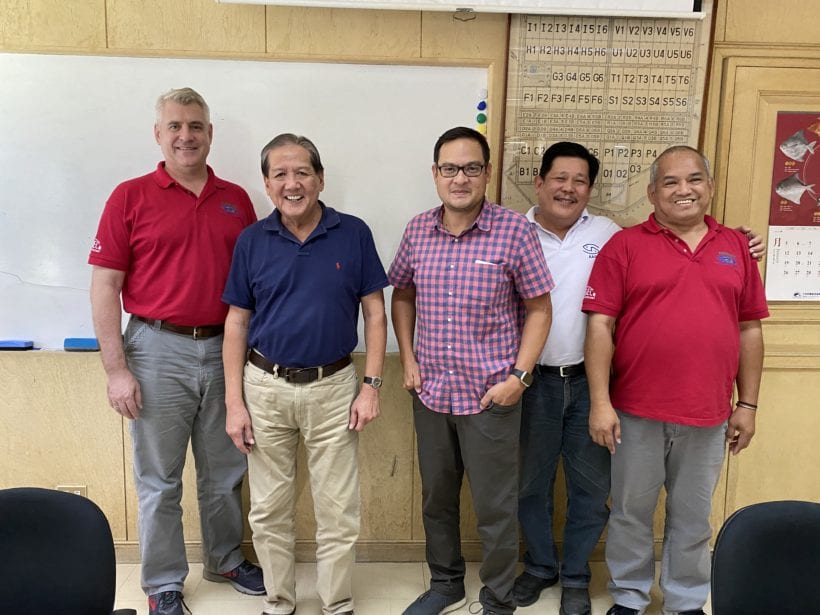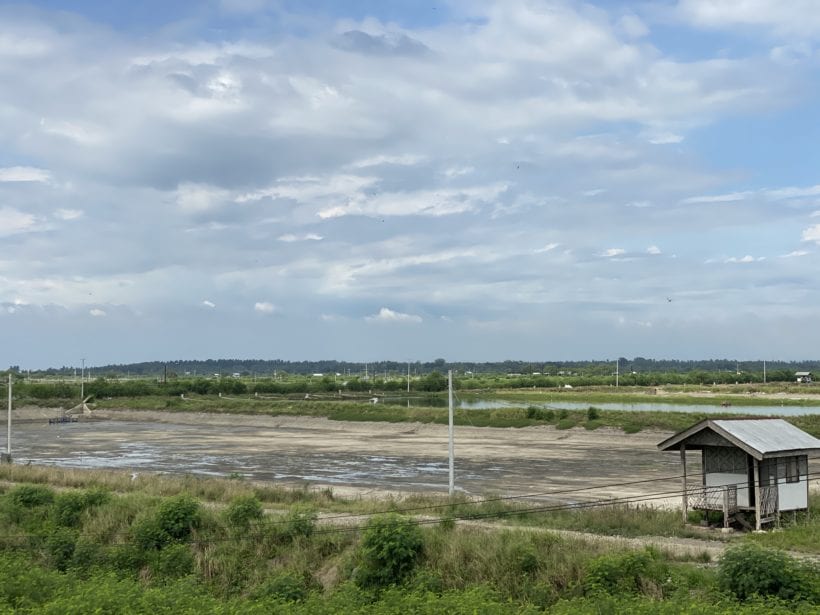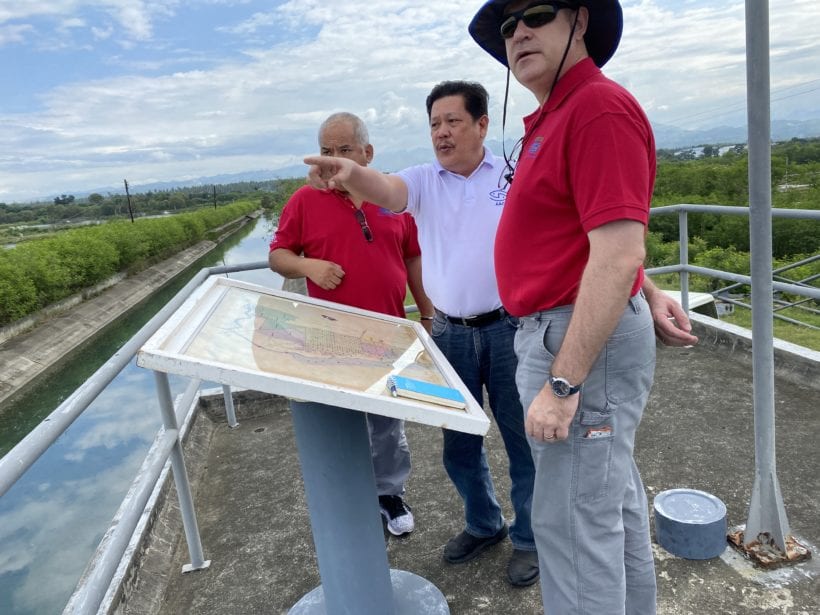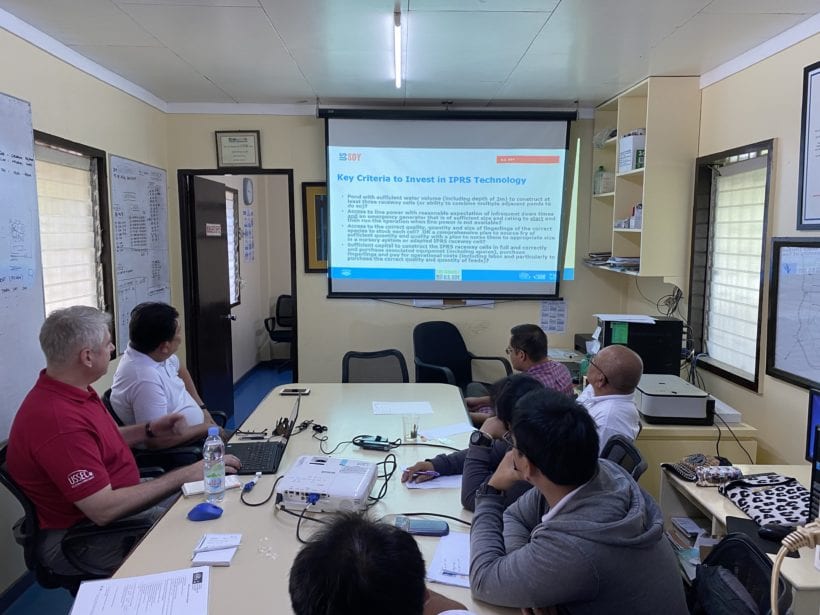Philippine Aquaculture Customers consider IPRS for Tilapia Production
- Category:
- Aquaculture
- General News
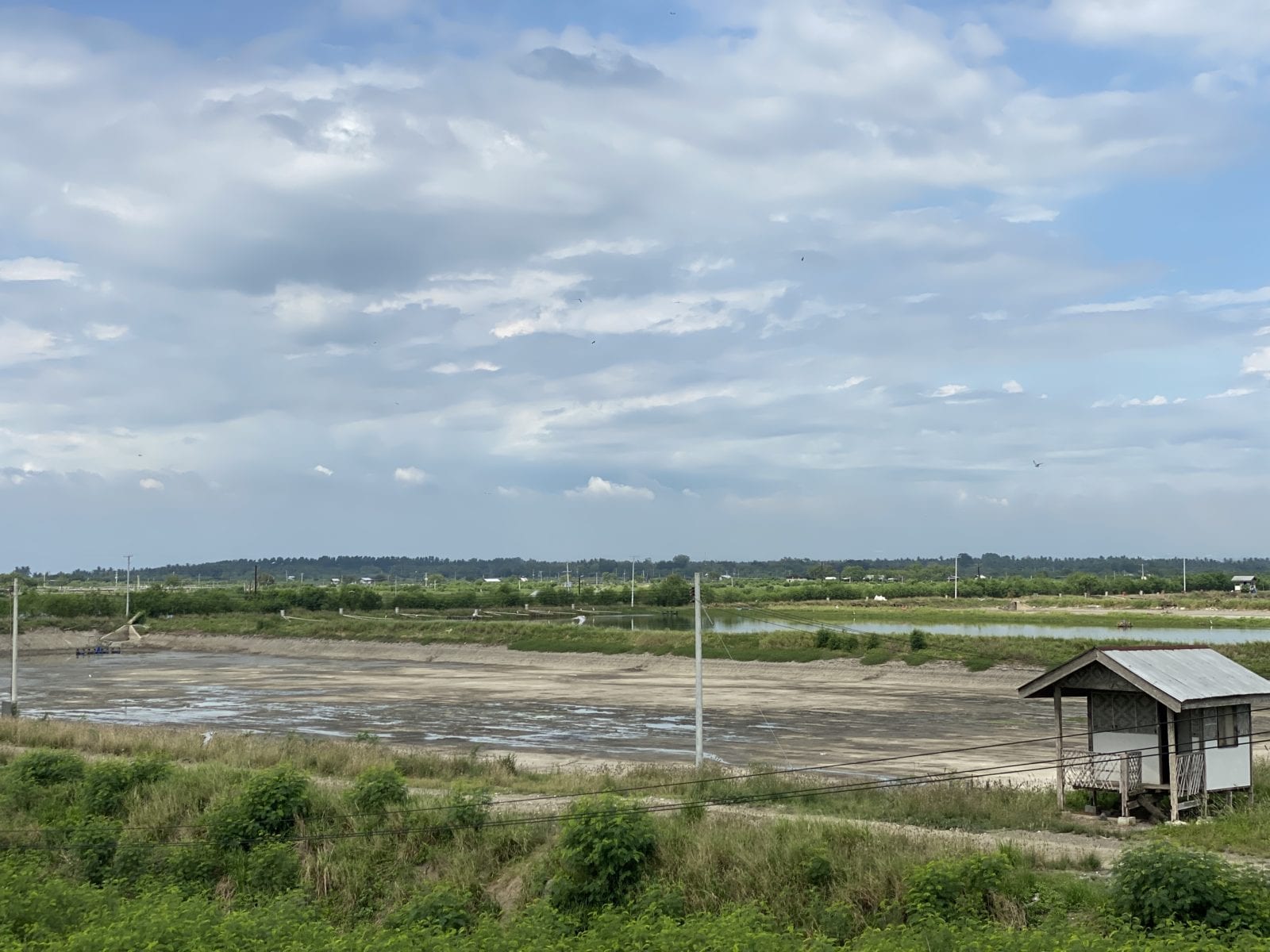
USSEC recently provided aquaculture technical support in the Philippines, visiting Alsons Aquaculture Corp. on January 29 where the USSEC team conducted an in-house seminar on Advanced In Pond Raceway System (IPRS) Technology Application and checked the suitability of the company’s pond site for Tilapia Fixed IPRS technology application.
USSEC Technical Director – Aquaculture, Southeast Asia Lukas Manomaitis presented and discussed the advantages of IPRS technology application in ponds to the farm technicians, engineers, research and development staff, and upper management of Alsons Aquaculture. After the inspection of the farm site and discussions, it was determined that the site is suitable for fixed (IPRS) technology application with three to four cells in the 2-ha pond.
“Increasing the survival rate of tilapia up to 80% is already a plus factor, as we are [currently] getting only a 60% survival rate,” remarked Dalea L. Austero, R & D supervisor.
Culturing tilapia in fixed IPRS cells will increase production by 300% per year per 10,000 m3 compared to a traditional 10,000 m2 pond. With an increase in production, more aquafeeds will be consumed, thus growing demand for U.S. soybean meal.
